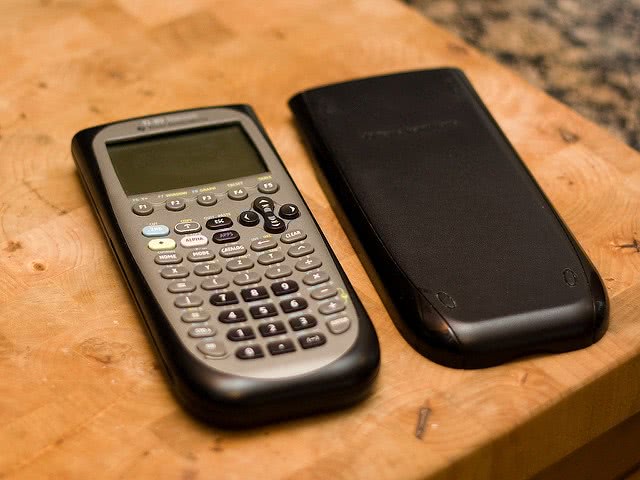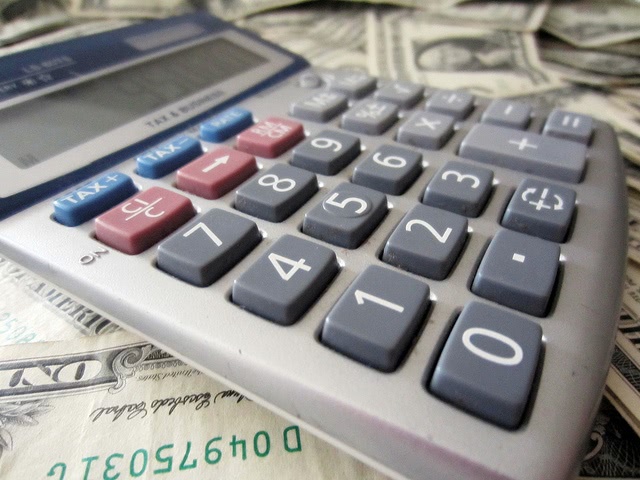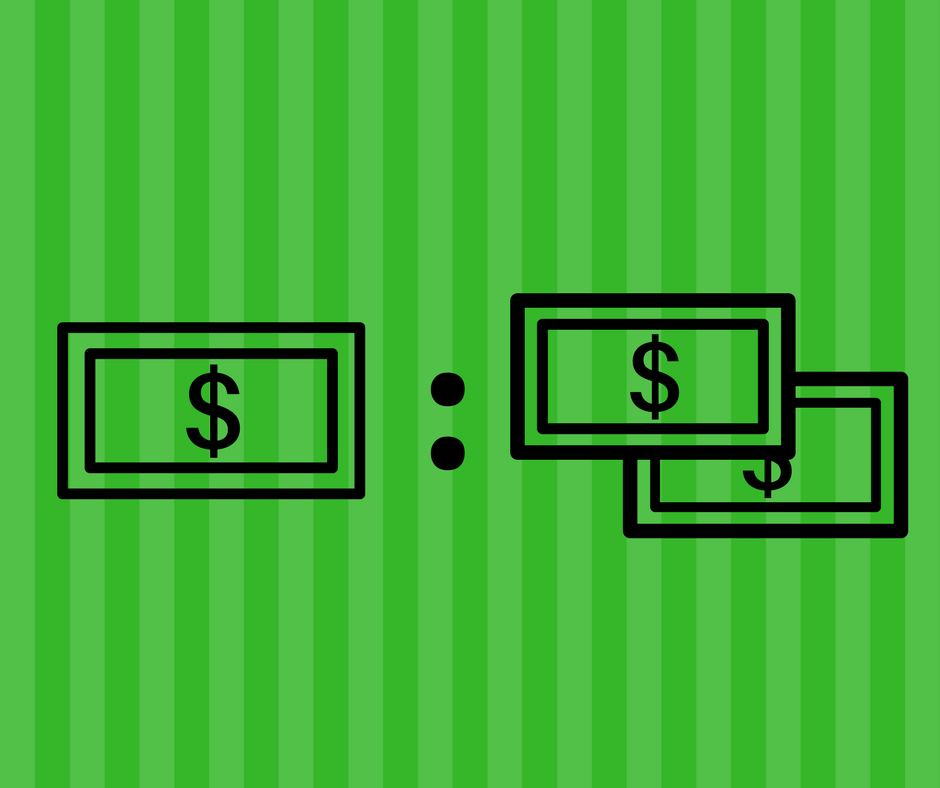In case you’re wondering, yes, there are income limits for student loan forgiveness. There’s a reason for this. Imposing a student loan forgiveness income limit ensures that debt cancellation focuses on those who need it the most. The forgiveness program is designed so that only individuals and couples earning less than the specified limit qualify for relief. This debt relief only applies to federal student loans. Personal student loans do not qualify for forgiveness.
What Is The Student Loan Forgiveness Income Limit?
The income limits for student loan forgiveness are different for individual and married borrowers.
Individual borrowers earning less than $125,000 a year are eligible for debt cancellation of up to $10,000.
Married borrowers who file jointly are eligible for debt cancellation of up to $10,000 if their combined earnings are less than $150,000 a year.
Borrowers who meet the student loan forgiveness limit and also have Pell Grants qualify for up to $20,000 in debt relief.
Income limits for student loan forgiveness are not based on a sliding scale. The federal government has specified the limit for individual borrowers and married borrowers. It doesn’t matter if your income is a little lower or a lot lower than that limit. As long as your income falls below the specified limit, you’ll receive the full forgiveness amount.
How Is Income Calculated For The Purpose Of Student Loan Forgiveness?
There are two things to know when calculating income limits for student loan forgiveness.
The first thing is that the cutoff will be based on your annual income earned in 2020 or 2021. These were the years during which borrowers were most likely to have suffered an income setback. If your income during 2020 or 2021 was below the specified limit, you’re eligible to apply for debt relief.
Secondly, income eligibility is determined based on your adjusted gross income (AGI). AGI is essentially the total of all your taxable items of income minus certain expenses reported in Part II of Schedule I on your tax return. Taxable items include your wages if you’re employed and net business income if you’re running your own business.

how to calculate your adjusted gross income:
– Add up all your earnings including salary, side-hustle earnings, and interest on bank accounts and other assets. Do this separately for years 2020 and 2021.
– From this total, deduct the items on Part II of Schedule I of Form 1040. Deductions may include contributions to health savings accounts, educator expenses, and deductible individual retirement accounts among others.
– This will give you your adjusted gross income for 2020 and 2021.
If your AGI was lower than the student loan forgiveness income limit, you’re eligible to apply for debt cancellation.
For many individuals, gross income and adjusted gross income will be almost the same. In some cases, it will be the same. For married couples, there could be a significant difference between the two.
What To Do Next If You Qualify For Forgiveness
You qualify for forgiveness if meet two basic requirements. The first requirement is you have federal student loans. The second is you earn less than $125,000 annually for individuals or $250,000 annually for married borrowers. If you meet both these criteria there are a few things you need to do to ensure that your debt cancellation is not held up.
Start by logging into your FSA account and making sure that your contact details are up to date. Check your phone number, email address, and postal address. This will ensure that you receive the latest notifications and updates about forgiveness from your loan servicer.
At the moment, the student debt relief program has been temporarily blocked by the court. While the issue is being resolved, you can subscribe for updates so you know when the program resumes. If you’ve already submitted the forgiveness application, the Department of Education will hold it for you. They will process it as soon as the stay order has been lifted.
What To Do If You Don’t Qualify For Forgiveness
If you don’t qualify for forgiveness, you should start organizing your finances and get ready to start making payments. Loan repayments were initially set to resume December 30, 2022 but the pause has been further extended to June 30, 2023. That means payments resume on July 1, 2023. Don’t wait till the last minute to figure out how you will make those payments. Use the next few months to sort out your finances and make a repayment plan.
Log into your FSA account to take stock of your federal student loans. Make a list of all of your loans along with the interest rate, outstanding balance, and payment date for each.
Calculate the total loan payments per month for all your loans. Don’t forget about your private student loans. Add them to the list if you have any outstanding. Will you be able to afford those payments every month starting July 1, 2023, unitl they are completely paid off?
If you think you won’t be able to make those payments, consider your options. Two of the best options available for making payments more affordable are income-based repayment plans and refinancing. Take time to understand how each option works and the pros and cons of each. By doing your homework today, when the time comes you’ll be better prepared to make an informed decision about how to proceed.
Find the best refinance lender for you and save thousands of dollars with our Student Loan Refinance Calculator.





